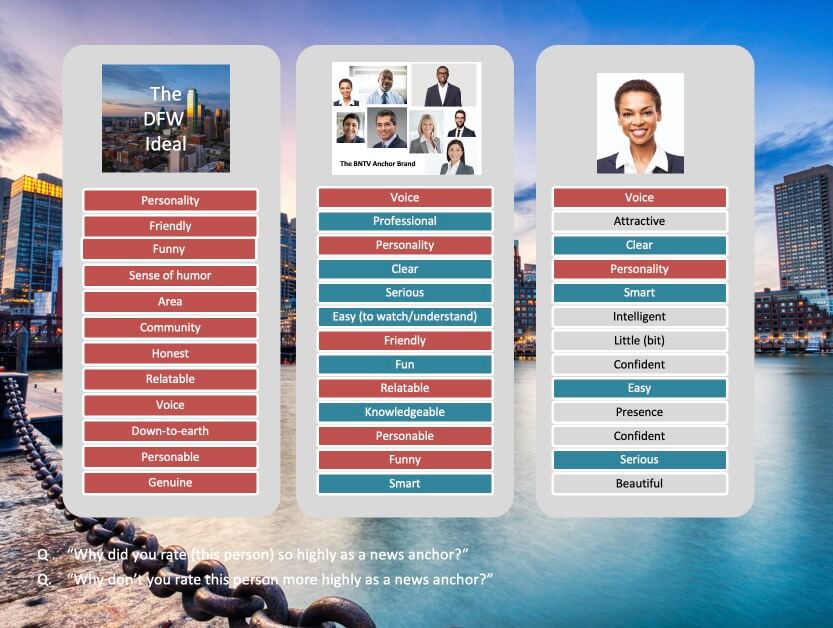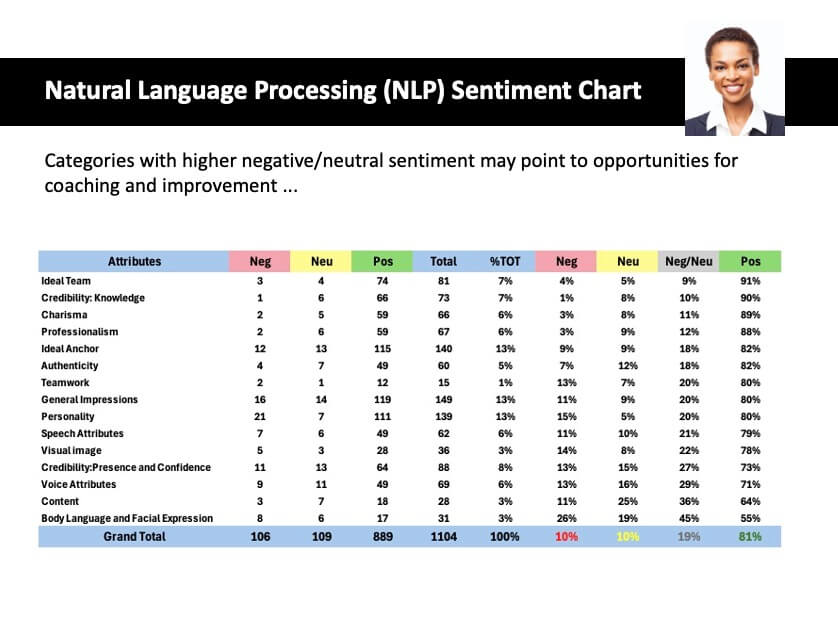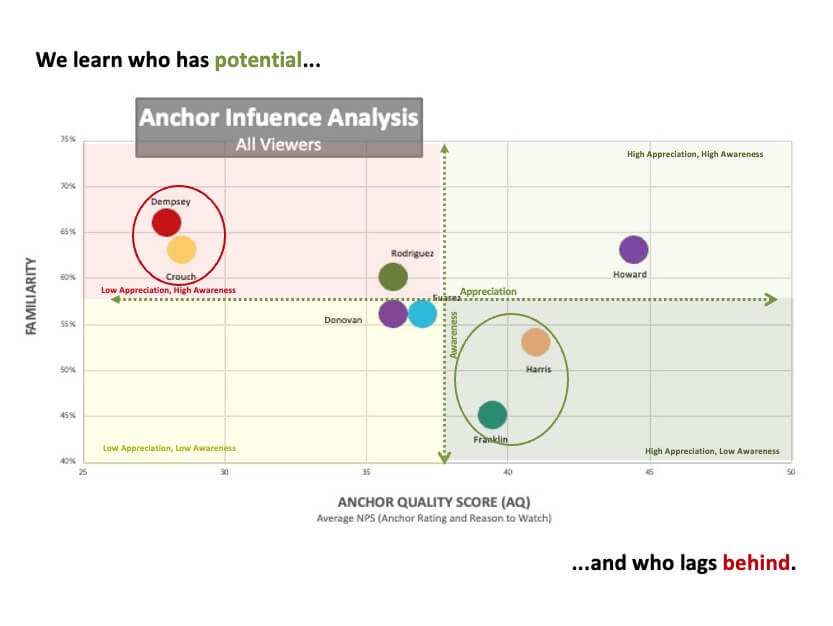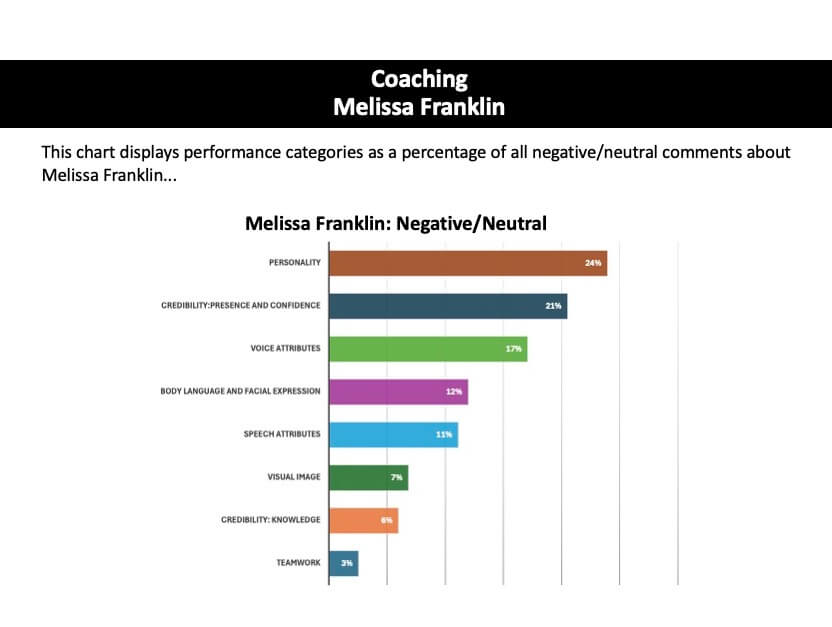VerbAItim Research
Viewer Research as a Real Conversation. At scale.
We use AI that's been specially built to understand and analyze viewer conversation about news and news anchors. Because we've trained our computers to talk TV, we don’t have to put words in viewers’ mouths or limit them to talking about things that we think should matter.
We let viewers speak for themselves.






